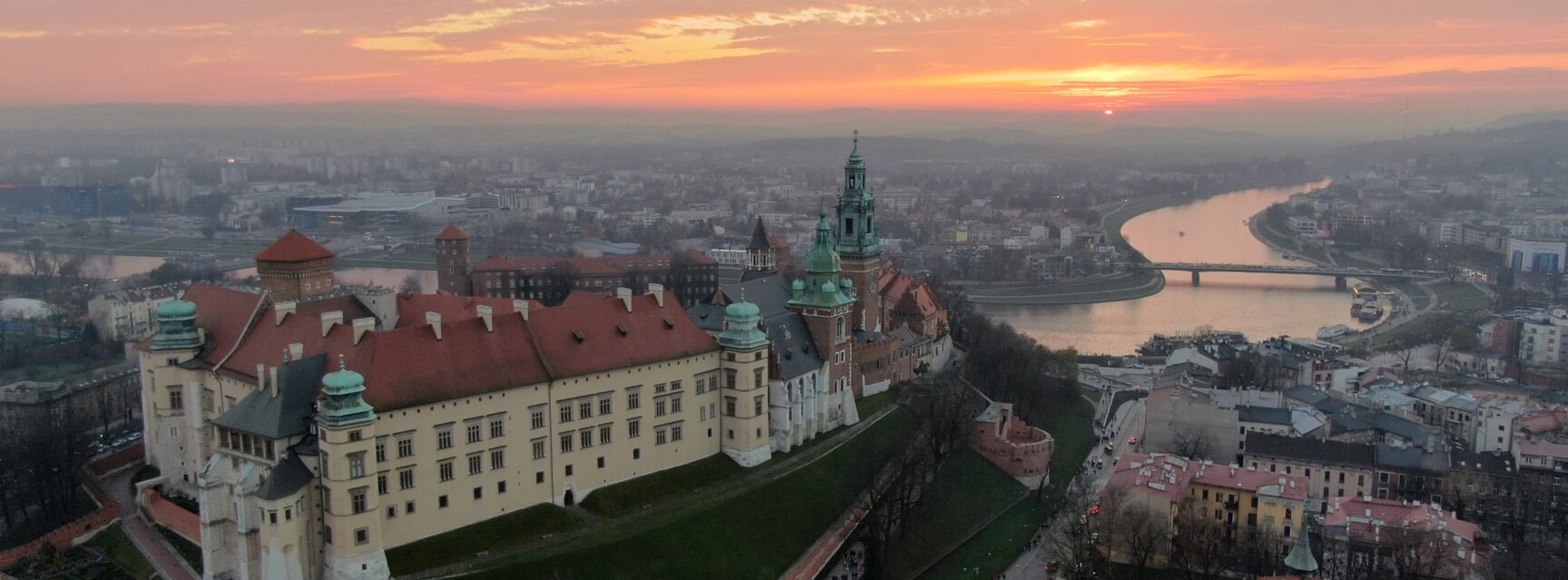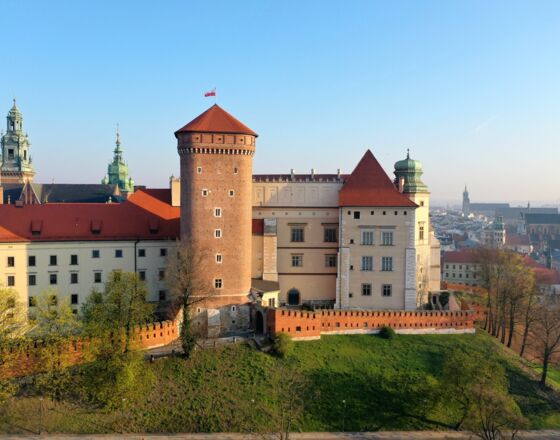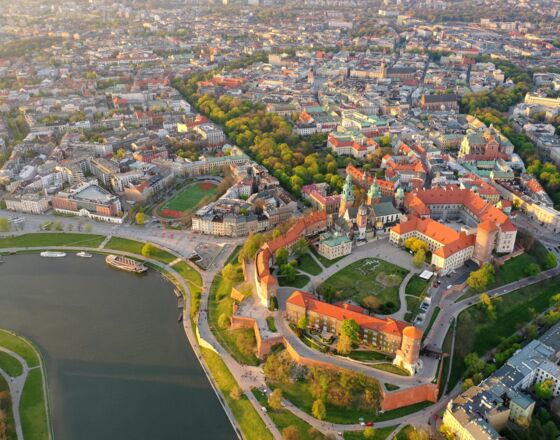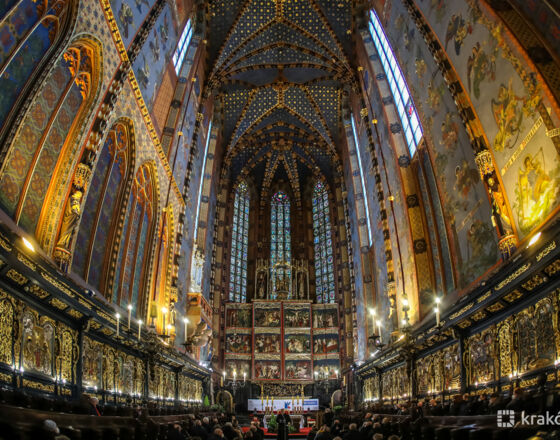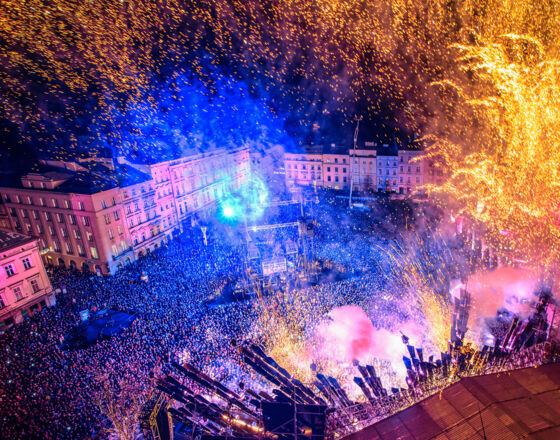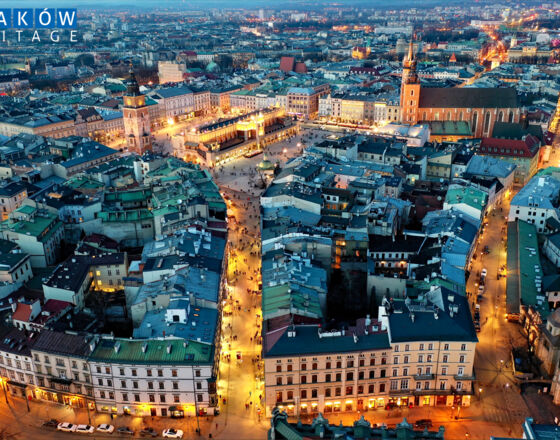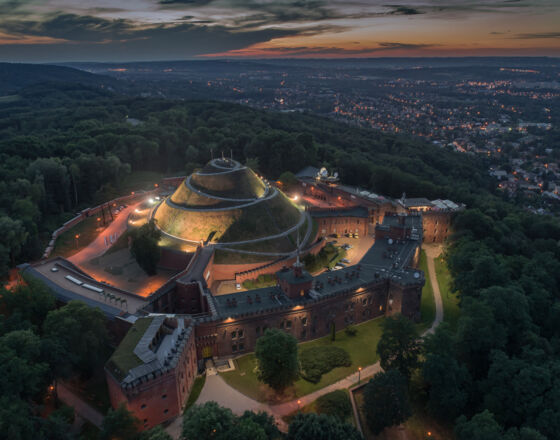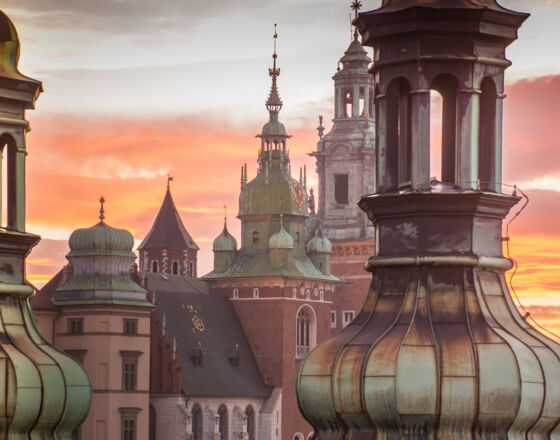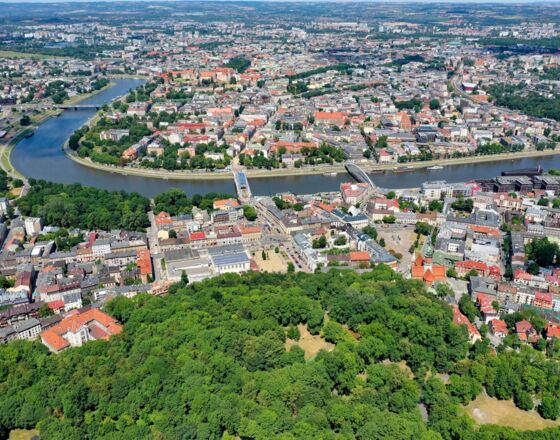Facts & Figures
Founded
Year 800
Location
50.06194 latitude and 19.93685 longitude
Population
779966
UNESCO World Heritage
OLD TOWN, WAWEL – KAZIMIERZ (1978)
Cracovian nativity scene construction (2018) – a representative list of intangible cultural heritage of humanity)
What is the city known for?
Obwarzanek: One of the symbols of Cracow, sprinkled with poppy seeds, salt, sesame and other sprinkles, has been a favourite snack baked in Cracow since the 14th century. Since 2017, Żywe Muzeum Obwarzanka (the Obwarzanek Living Museum) has been operating at Rynek Kleparski, presenting its history, baking technology and offering workshops on how to make your own obwarzanek.
Sukiennice (the Cloth Hall): Medieval "shopping arcade", now in Renaissance style with Gothic elements, rebuilt many times. It is one of the most recognisable examples of Polish architecture - with stalls selling jewellery and artistic handicrafts on the ground floor, the Gallery of Polish Painting and Sculpture of the 19th century on the first floor, and the Underground Museum showing the extraordinary world of medieval Cracow.

